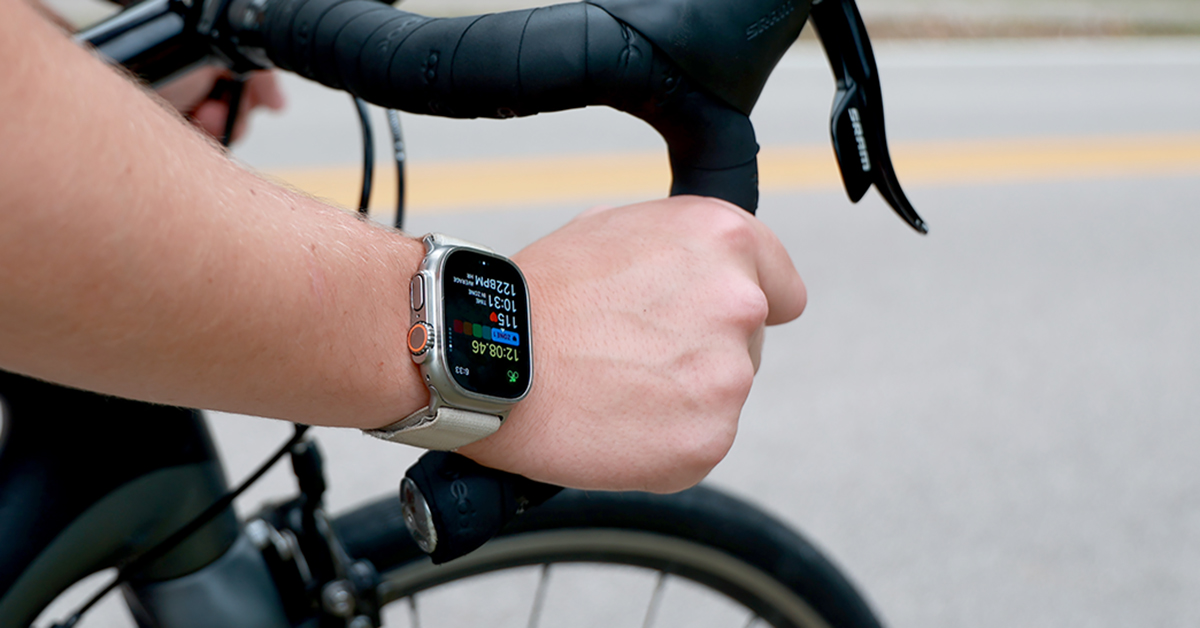Natalie Jordan

Hi! My name is Natalie, I'm a sophomore, and I am a majoring in merchandising and double minoring in marketing and fashion media. I transferred to IU in the middle of last year from UNC Wilmington.
By: Natalie Jordan, Ja’Ryah Fitts, Aidan Arnold

INDIANAPOLIS, Indiana (November 5, 2024) – As Ava Giglio stood on the mound at Western Carolina University, the stadium buzzed with excitement, the weight of her new role as a Division I pitcher settling on her shoulders. With her heart racing and the crowd’s cheers echoing in her ears, she recalled countless hours spent perfecting her craft in her backyard, envisioning this very moment. As she wound up and delivered a fastball that sliced through the air, she felt a rush of adrenaline—not just from the thrill of the game, but from the realization that her dreams of competing at the collegiate level were finally becoming a reality. However, this reality differs from collegiate athlete to athlete, especially with the new NIL ruling. Athletes like Ava Giglio who are less known, profit less from the ruling than their peers who attend bigger schools or play more widely watched sports.

The implementation of Name, Image, and Likeness (NIL) regulations has dramatically changed the field of college sports and specifically the athletes who participate in them. The regulations were initially designed to allow student-athletes to profit off of their personal brands. However, these changes have predominantly benefited athletes at high-profile, Division I programs. And now, a pressing question remains: what does this mean for lesser-known athletes, particularly those attending smaller schools or playing less watched sports? Is the NIL era fair to all student-athletes, or does it perpetuate a cycle of inequality? Eventually, as the debate unfolds, one must question whether all these regulations could be further honed to provide a fair playing field for all participants, regardless of their fame or high school affiliation. The future of collegiate athletics will depend on striking the right balance that respects both the value of every student-athlete and the equity of NIL opportunities offered at every division and program level.
This creates a serious question about equity and inclusion regarding NIL opportunities in today’s college athletics environment. While high-profile program athletes line up significant endorsements and sponsorship deals, those from smaller institutions or competing in less visible sports struggle for such recognition. Ava Giglio is a current freshman student-athlete at Western Carolina University who provides major insight into the complexities of the NIL major regulations and what that implies for the athletes, particularly those from smaller schools. She says in her interview that her school schooled the athletes on NIL: “At the beginning of this school year, our athletics department sat all of the athletes down to explain NIL and what it can do for us as athletes and people. However, Giglio is concerned about inequality in this regard, especially for those athletes that were not part of the schools within the conferences of Power Five. “I do not think that smaller or less well-known athletes have a fair chance to earn from NIL deals because we are not a Power 5 school-meaning we do not have as many opportunities or connections to large companies that typically tend to sponsor athletes.”

The most recent interview on the NIL changes was with a freshman and current student manager for USC Athletics, Ryan Abaye. Abaye said that regulation of NIL allows college athletes for the very first time in history to profit from their names and images-a dramatic shift, he thinks, is overdue. Furthermore, he was all for the change, emphasizing that student-athletes should profit off their work and revenue they help bring into their respective programs, especially within those revenue-garnering sports like football. Though he does see the positives of NIL, Abaye brings up a number of issues it causes, like increased use of the transfer portal. He noted that athletes will leave their current schools in hopes of better NIL deals at other schools, which definitely affects team chemistry. Additionally, on the likelihood of lesser athletes signing NIL deals, Abaye was optimistic. He explained how powerful self-marketing would be an important key in the use of D2 and D3 basketball influencers who have huge social media followings by creating effective content. He thinks that while high-profile recruits have an easier avenue to explore, under the structure of NIL, all can profit if they market themselves well. Furthermore, he projects college sports will continue to get more professional in the years ahead, schools likely paying players directly in addition to the NIL opportunities. In Abaye’s mind, all this will ultimately be a good thing for the athletes, even though he realizes there could be some residual issues regarding competition and equity in what will be a new world for college athletics. Meanwhile, as these changes take shape, Abaye stresses the necessity that their long-term effects need to be carefully observed.

Lauren Arnold, a senior midfielder with the Villanova women’s soccer team, was recently discussing the transformative effects of NIL regulations in collegiate athletics. Arnold sees NIL as a positive, considering how hard it often is for college athletes to find jobs given their demanding schedules. “Overall, I think NIL is very beneficial for college athletes,” she said. But she added that its benefits are distributed in a lopsided manner, with most of the benefits accruing to athletes in high impact sports such as basketball and football. Programs like Villanova struggle to compete against the much larger schools that have more lucrative NIL deals. Furthermore, Arnold went on to say that this could be the time in which small sports and the lesser-known athletes get lost in the shuffle. The companies want visibility and, ultimately, profitability, hence the bigger athlete often will get the better endorsements. However, going forward Arnold does believe the new evolution in college athletics could help retain some athletes on campus longer, since they can make money now. She says, however, it will be paramount not to lose focus on personal and educational development. Going forward, adding USC and UCLA into the Big Ten will continue to make travel onerous for the athletes and place additional demands and stress on them, especially those in minor sports. As college athletics continue to evolve, Arnold’s thoughts bring out some of those complexities and inequities that NIL introduces into the collegiate environment.
In the video above, three randomized individuals were interviewed on the streets of IU Bloomington’s campus. Interviewees answered questions regarding their general opinions on NIL and if they believe smaller-division athletes should have the same benefits.
Media Contacts
Natalie Jordan
Charlotte Young
Mauricio Brito

CUPERTINO, California (Sept. 9, 2014) – Apple CEO Tim Cook took to the stage on Tuesday, September 9th, in Cupertino, California in front of an audience to unveil the newest product, Apple Watch. This represents a significant leap in wearable technology, designed to complement the lifestyle of today’s user.
In crafting the much-anticipated Apple Watch, Apple focused on honoring the expression of users. They dedicated themselves to a focus on design, functionality, and seamless integration within its system of other devices, including the iPhone and iPad. This new customizable timepiece is not just a watch; it’s a powerful extension of the user’s digital life, in more ways than one.

The Apple Watch features a stunning revolutionary touchscreen that offers a rich, interactive experience, just as its other products have as well. Its comprehensive fitness system is designed to help users track their health and wellness goals, as the Apple Watch integrates with the Health app, allowing users to gather health data and share it with healthcare providers if they choose. From monitoring heart rates to tracking workouts, ensuring they stay motivated and informed about their bodies.

The Apple Watch was crafted from premium materials, making it also visually similar to other Apple products with the metallic finishes. Understanding that personalization is key in today’s tech landscape, Apple has ensured the Apple Watch offers a variety of customizable colors and designs. Users can choose bands that reflect their individuality, making the device not only functional but also a true expression of personal style. “Apple Watch is the most personal device we have ever created. It’s not just with you, it’s on you. It’s a revolutionary way to connect.” said Tim Cook, while addressing the crowd.
An innovative feature of the Apple Watch is its unique “Crown” dial. This design element allows users to navigate the extensive software without obstructing the small touchscreen. With a simple twist or press, users can effortlessly scroll through notifications, access apps, and control music, enhancing the overall user experience.
When compared to Apple’s other products, the size difference and overall usability of the Apple Watch is very different in terms of the system. Photos of previous Apple products and different innovations played on the screen as the crowd roared with excitement for what was to come. “Apple introduced the world to several category-defining products: the Mac, iPod, iPhone, and iPad. Once again, Apple is poised to captivate the world with a revolutionary product that can enrich people’s lives. It’s the most personal product we’ve ever made.” said Cook. The crowd erupted in excitement, a testament to the enthusiasm surrounding this innovative release.
The Apple Watch will be available for pre-order starting October 1st, with the official launch set for October 15th. Apple enthusiasts and tech lovers alike can expect a game-changing device that not only keeps them connected but also inspires a healthier lifestyle while being customizable.
Tim Cook, CEO, displays a picture of the first ‘Apple Watch’ and discusses the critical thinking needed to develop the product. Cook talks about how the watch is Apple’s most personal product.
Cook presents the complexity of the design of the Apple Watch and how its style and taste optimizes user experience. The watch features a sleek, lightweight design suitable for a customer’s personalization.
###